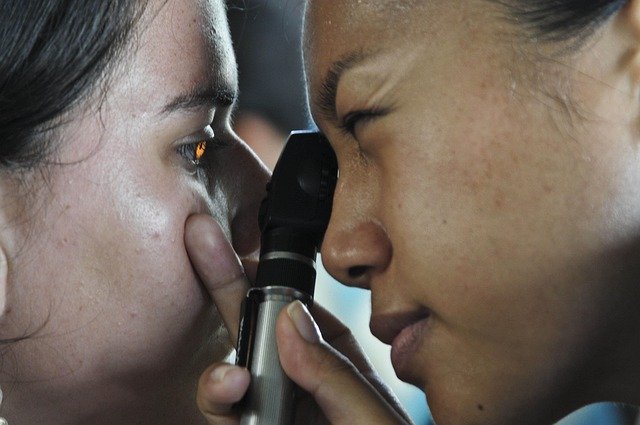Discover Non-Surgical Rhinoplasty Solutions for Great Britain Residents
Residents of Great Britain seeking to smooth, lift, and reshape their noses can explore innovative non-surgical rhinoplasty options. This procedure, typically completed in about 30 minutes, offers a safe and subtle approach designed to enhance natural beauty. It is important to consider the various techniques and factors before making a decision.

Understanding Non-Surgical Rhinoplasty Options for Residents of Great Britain
Non-surgical rhinoplasty, often called a “liquid nose job,” involves the strategic injection of hyaluronic acid-based dermal fillers into specific areas of the nose. This procedure can address various aesthetic concerns including minor bumps, asymmetry, drooping nasal tips, and slight depressions. The treatment typically takes 15-30 minutes and requires minimal downtime compared to surgical alternatives.
Qualified practitioners across England, Scotland, Wales, and Northern Ireland offer these services through registered clinics and medical facilities. The procedure must be performed by trained professionals, including cosmetic doctors, plastic surgeons, or qualified nurse practitioners with appropriate certifications. Residents should verify that their chosen practitioner is registered with the General Medical Council (GMC) or Nursing and Midwifery Council (NMC).
The results from non-surgical rhinoplasty are temporary, lasting approximately 12-18 months depending on the type of filler used and individual metabolism. This temporary nature allows patients to trial different nasal appearances before considering permanent surgical options.
Exploring Techniques for a Natural-Looking Nose Enhancement
Modern non-surgical rhinoplasty techniques focus on creating subtle, natural-looking enhancements that complement facial features. Practitioners use various injection methods to achieve different aesthetic goals. The most common approach involves adding volume to specific areas to create the illusion of a straighter, more refined nose shape.
For addressing dorsal humps or bumps, practitioners inject filler above and below the prominent area to create a smoother profile line. To lift a drooping nasal tip, small amounts of filler are placed at the base of the nose to provide support and create an upward angle. Asymmetry correction involves careful placement of filler on one side of the nose to balance proportions.
The choice of dermal filler plays a crucial role in achieving natural results. Most practitioners in Great Britain use FDA-approved hyaluronic acid fillers, which integrate well with nasal tissues and can be dissolved if necessary. These products provide predictable results while maintaining the nose’s natural movement and expression.
Advanced injection techniques, such as the use of blunt-tip cannulas instead of sharp needles, help reduce bruising and provide more precise filler placement. This approach also minimises the risk of complications and creates smoother, more even results.
Key Considerations for Rhinoplasty Surgery and Alternatives
When comparing non-surgical options to traditional rhinoplasty surgery, several factors require careful consideration. Non-surgical procedures cannot reduce nose size, remove significant bumps, or make dramatic structural changes. These techniques work by adding volume rather than removing tissue or reshaping cartilage and bone.
Surgical rhinoplasty remains the appropriate choice for patients seeking significant size reduction, major structural changes, or correction of functional breathing issues. The surgical approach provides permanent results and can address complex anatomical concerns that fillers cannot modify.
Risk profiles differ significantly between the two approaches. Non-surgical rhinoplasty carries lower risks of serious complications but still requires careful consideration of potential side effects including temporary swelling, bruising, and rare vascular complications. Surgical rhinoplasty involves general anaesthesia risks and longer healing periods but addresses structural issues more comprehensively.
Patient selection criteria also vary between approaches. Ideal candidates for non-surgical rhinoplasty have minor aesthetic concerns, realistic expectations about temporary results, and good overall nasal structure. Those requiring functional improvements or major reshaping typically benefit more from surgical intervention.
| Treatment Type | Provider Examples | Typical Cost Range | Duration of Results |
|---|---|---|---|
| Non-Surgical Rhinoplasty | Private clinics, cosmetic centres | £300-£800 per session | 12-18 months |
| Surgical Rhinoplasty | NHS (qualifying cases), private hospitals | £4,000-£8,000+ | Permanent |
| Consultation Only | Various practitioners | £50-£200 | N/A |
Prices, rates, or cost estimates mentioned in this article are based on the latest available information but may change over time. Independent research is advised before making financial decisions.
The regulatory environment in Great Britain requires practitioners to maintain appropriate insurance, follow strict hygiene protocols, and provide comprehensive patient consultations before treatment. Residents should research local services thoroughly, review practitioner credentials, and understand all associated costs before proceeding with any cosmetic procedure.
Recovery expectations differ substantially between surgical and non-surgical approaches. Non-surgical treatments typically involve minimal downtime with most patients returning to normal activities immediately. Some temporary swelling and potential bruising may occur but usually resolve within a few days.
Non-surgical rhinoplasty represents a valuable option for Great Britain residents seeking subtle nasal refinements without surgical commitment. While limitations exist regarding the scope of changes possible, these techniques offer an accessible introduction to nasal enhancement with reversible results. Thorough research of qualified practitioners in your area, realistic expectation setting, and comprehensive consultation remain essential steps in achieving satisfactory outcomes through either surgical or non-surgical approaches.
This article is for informational purposes only and should not be considered medical advice. Please consult a qualified healthcare professional for personalized guidance and treatment.




